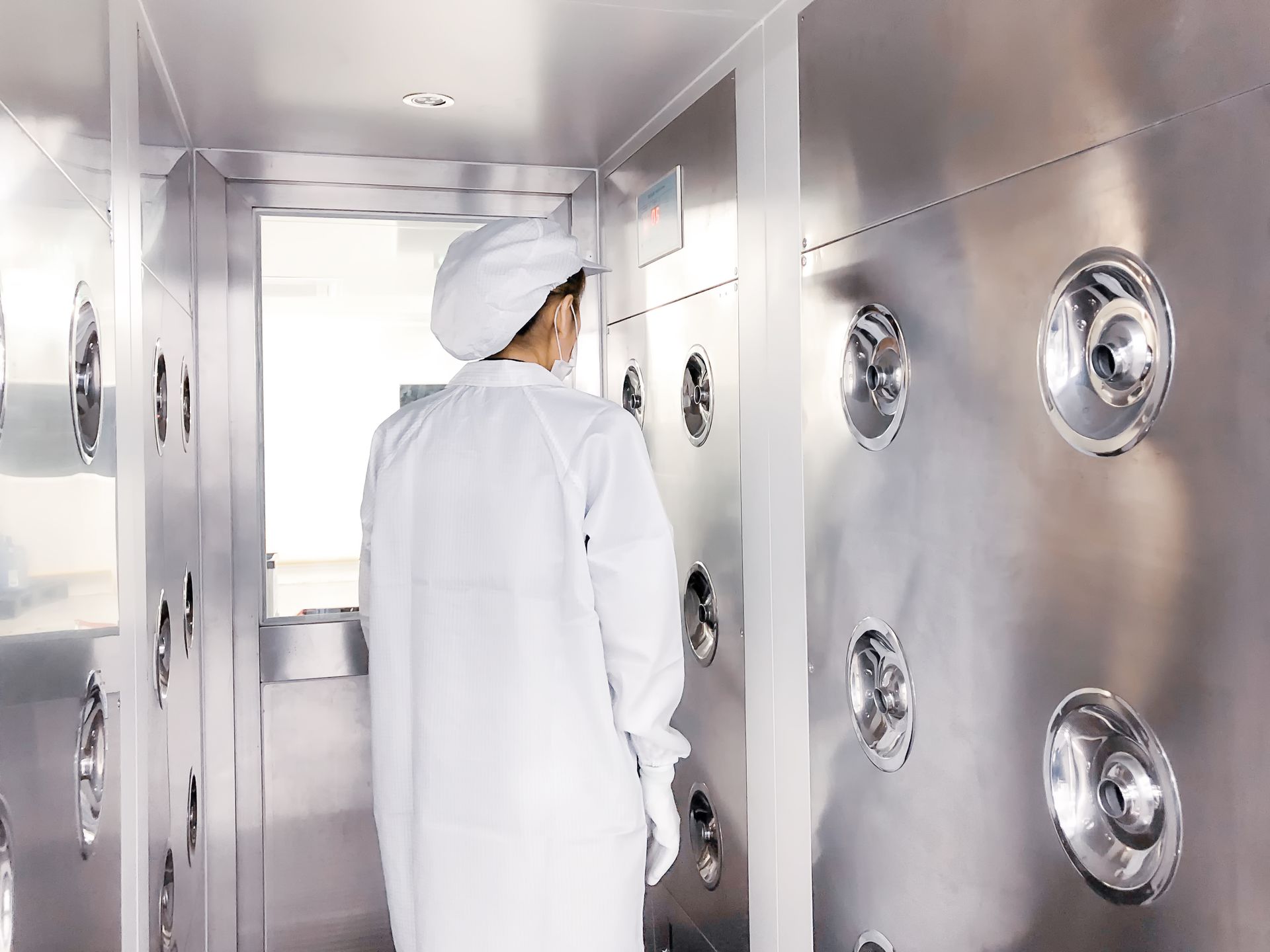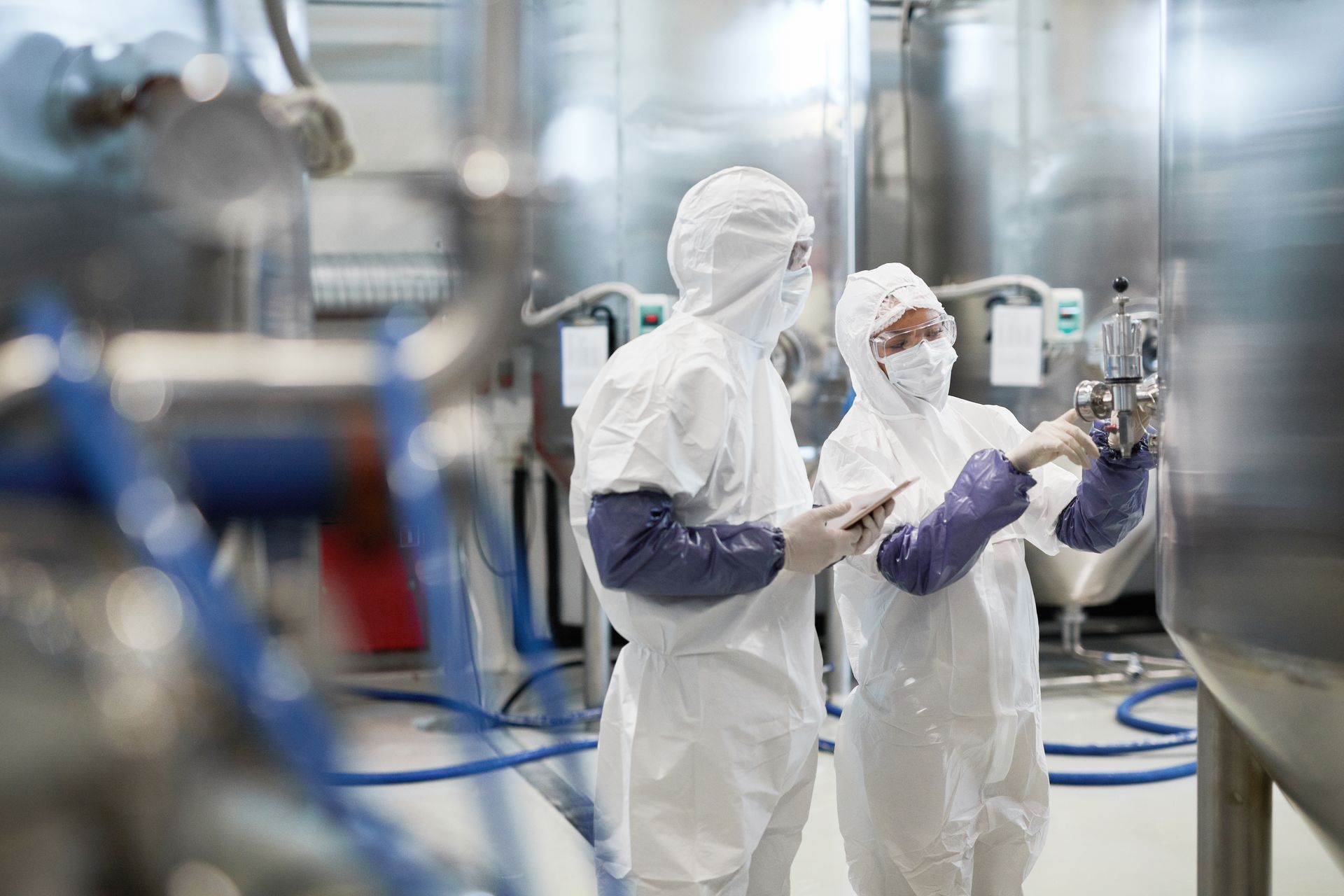Case Study: Setting Up a Cleanroom from Scratch

Introduction
Setting up a cleanroom from scratch is a complex, high-stakes project crucial in industries such as pharmaceuticals, biotechnology, electronics, and aerospace. Each step, from design and construction to certification and maintenance, must adhere to stringent standards to ensure the space meets the specific cleanliness requirements necessary for production or research. This article presents a detailed case study of setting up a cleanroom, highlighting the challenges faced and solutions implemented during the process.
Initial Planning and Design
The first step in establishing a cleanroom is comprehensive planning and design tailored to the specific needs of the operations it will support. This phase involves:
- Requirements Analysis: Understanding the specific ISO class requirements, which define the maximum allowable particle count in the cleanroom. For instance, an ISO Class 5 cleanroom allows fewer airborne particles than an ISO Class 8.
- Design Considerations: Architectural design that facilitates airflow management, personnel movement, and material flow to minimize contamination. This includes deciding on the layout, the materials for walls and floors (typically non-porous and easy to clean), and the type of HEPA or ULPA filters needed.
- HVAC System Design: Critical for controlling the cleanroom's environment by managing air supply, temperature, humidity, and pressure differentials. The design must ensure sufficient airflow and correct placement of air returns to avoid turbulence and contamination.
Construction Phase
Following design, the construction phase begins, which requires strict adherence to cleanliness and contamination control, even before the cleanroom is operational:
- Material Selection: Use of non-shedding materials that can withstand frequent cleaning and disinfection. Common choices include stainless steel, sealed concrete, and specific plastics.
- Controlled Construction Environment: Construction itself must occur under controlled conditions, often employing temporary clean tents to prevent contamination during the build.
- Installation of Systems: This includes the HVAC system, lighting (typically LED for energy efficiency and minimal heat production), and filtration units. All systems must be installed in a manner that maintains the integrity of the cleanroom environment.
Testing, Validation, and Certification
Before the cleanroom can be operational, it must undergo rigorous testing and validation:
- Testing Air Filtration and Flows: Ensuring that the installed filters effectively remove particles from the air and that air flows as designed to prevent stagnant areas where contaminants could accumulate.
- Validating Environmental Controls: Checking temperature, humidity, and pressure differentials to ensure they meet design specifications. These factors are critical for preventing the ingress of contaminants and ensuring comfortable working conditions for staff.
- Certification: A third-party certifier typically performs final testing to certify the cleanroom’s compliance with the relevant ISO standards. This process includes particle counting and recovery tests to validate the cleanroom's ability to maintain cleanliness standards over time.
Challenges Encountered
During the setup of a cleanroom, several challenges can arise:
- Budget Overruns: Due to the high-tech nature of cleanroom setups, costs can escalate quickly. Effective project management and contingency planning are essential to keep the project within budget.
- Delays in Supply Chain: Specialized equipment and materials such as specific filters and construction materials may have long lead times or limited availability, potentially delaying the project.
- Compliance Issues: Ensuring that every aspect of the cleanroom meets regulatory requirements is crucial. Any oversight can lead to failing certification, requiring costly modifications and retesting.
Ongoing Maintenance and Monitoring
Once operational, the cleanroom requires continuous monitoring and maintenance to ensure it continues to meet cleanliness standards:
- Routine Cleaning and Disinfection: Scheduled cleaning regimens using appropriate disinfectants and methods are essential to maintain the required levels of cleanliness.
- Regular Testing and Recertification: Ongoing testing of environmental conditions and periodic recertification ensure the cleanroom remains compliant with industry standards.
- Training Personnel: Continuous training for all personnel on proper cleanroom behavior is critical to prevent human-caused contamination.
Conclusion
Setting up a cleanroom from scratch is an intensive process that requires meticulous attention to detail at every stage, from design through to ongoing maintenance. This case study demonstrates the level of commitment and resources needed to ensure a cleanroom not only meets industry standards but also supports high-quality production or research activities effectively. The lessons learned here underscore the importance of careful planning, expert execution, and diligent maintenance in achieving and maintaining the optimal cleanroom environment.
Read more: All About Cleanrooms - The ultimate Guide






